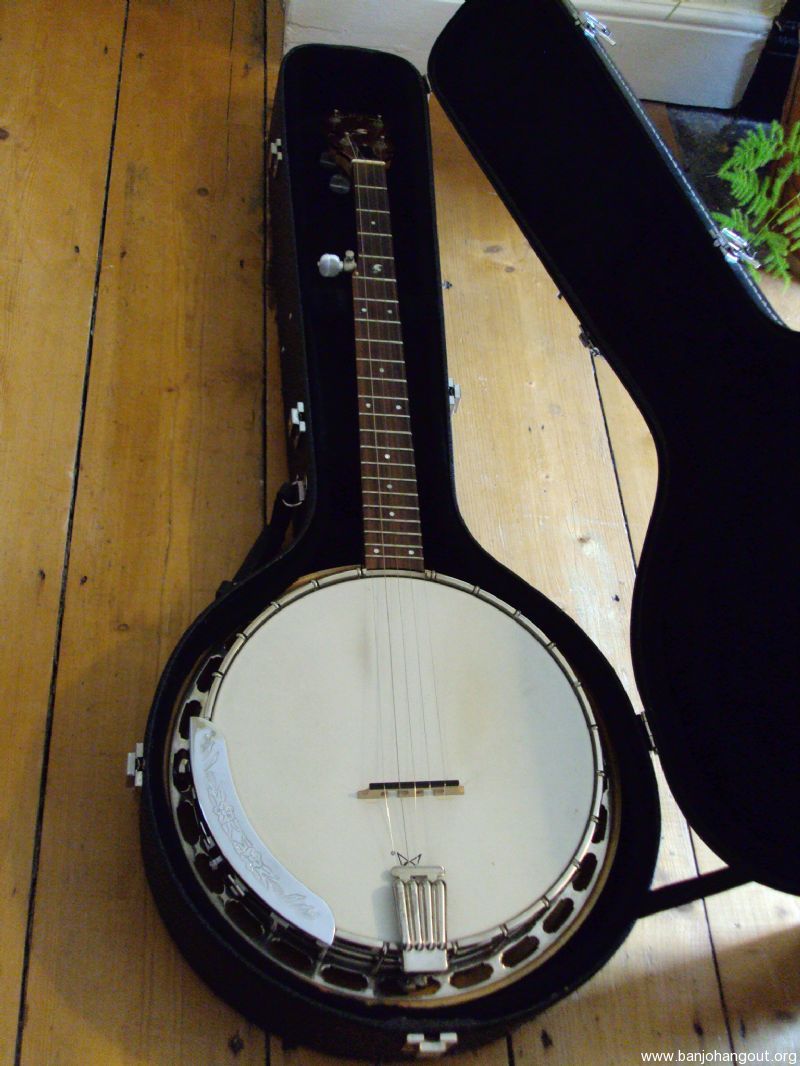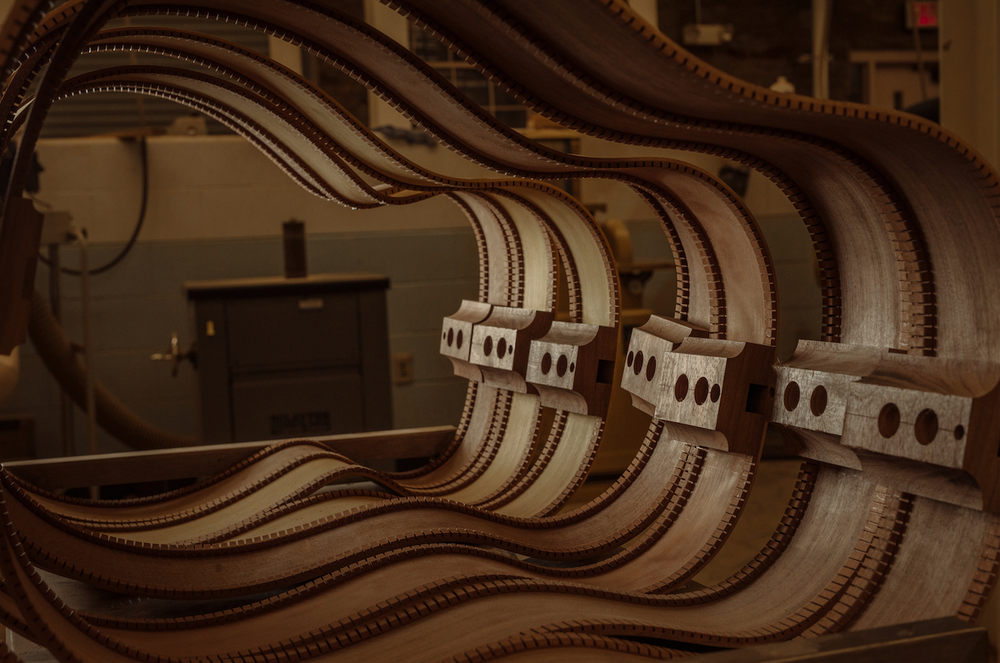

As its facilities and programs have grown, the Artisan Center has given people “the ability to provide for their families or supplement their income with their own craft and their own handwork,” said Evans. It is clear that these investments by the NEA and Kentucky Arts Council have paid off. The school, which is managed by master luthier Doug Naselroad, is a central piece of the Artisan Center’s activities, and will eventually include a program to help trained luthiers find work through the Troublesome Creek Stringed Instrument Company. On the national level, the NEA has awarded $170,000 to the center through various grant programs since 2011, which have funded residencies, apprenticeships, and the expansion of the center’s luthiery school. Photo courtesy of Appalachian Artisan Center Operational grants from the Kentucky Arts Council have “had a hand in everything,” said Evans, while the council’s marketing platforms and invitations to statewide events such as Kentucky Crafted have helped vault the Artisan Center out of Appalachia and onto the state’s main stage.ĭan Estep hammering a knife into shape at the Appalachian Artisan Center’s blacksmith studio. More than half of the Artisan Center’s income comes from grants, and in 2016, the Kentucky Arts Council and the National Endowment for the Arts provided a total of $79,000. This momentum has been propelled in part by the Kentucky Arts Council and the National Endowment for the Arts. In 2016, the center opened a new gallery and studio space, complete with a rooftop garden. The center draws artists from 30 counties in eastern Kentucky, whose work is featured through an online and brick- and-mortar store, exhibitions and performances, and events such as the center’s Old-Fashioned Christmas celebration and the annual Hindman Dulcimer Homecoming Festival.

Today, the Artisan Center offers luthiery, pottery, and blacksmithing workshops and apprenticeships, as well as incubator studios that are open to artists working with any medium.
Troublesome creek stringed instrument company professional#
By training artists at the school, and then offering them further professional development, studio space, and platforms to promote their work at the Appalachian Artisan Center, it was hoped that a new economy based on the arts and cultural tourism would emerge.Īnd bit by bit, it has. The two organizations drew on the region’s rich cultural heritage, which has been shaped by generations of basketmakers, potters, blacksmiths, and luthiers. The organization was founded in 2001 through former Governor Paul Patton’s Community Development Initiative, which also established the nearby Kentucky School of Craft. Here, in a building where stacks of wood wait to be turned into dulcimers, where sparks fly from the blacksmith’s belt grinder, and where colorful canvases line the walls, artists are creating a balm for Hindman’s struggles. Between these two issues, “there’s hardly a family in Knott County that has not been affected,” Jessica Evans said.īut as director of Hindman’s Appalachian Artisan Center, Evans has seen how the arts can provide a way forward for the town’s 750 residents, the community, and the region as a whole. The collapse of the coal industry left behind rampant unemployment, and the nation’s opiate epidemic has hit Appalachia particularly hard-in 2015, Kentucky had the third-highest rate of overdose- related deaths. Located in the state’s eastern Appalachian region, Hindman, Kentucky, has seen its share of hardship in recent decades. NEA Chairman Jane Chu, on a visit to the Appalachian Artisan Center in April 2015, examines some of the dulcimers that originated in Knott County, Kentucky, with Doug Naselroad, who manages the luthiery school at the center.


 0 kommentar(er)
0 kommentar(er)
